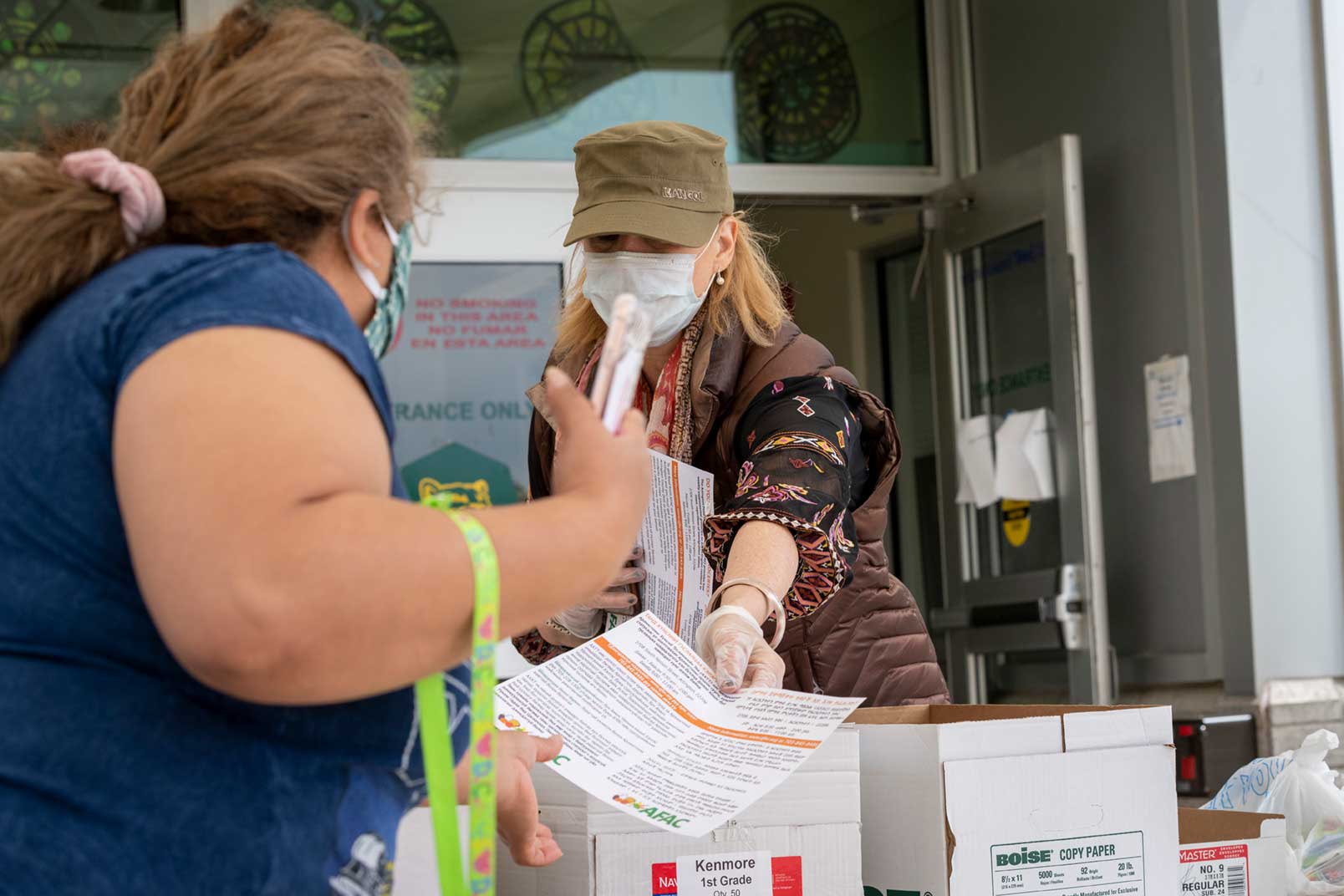
Originally written by Joshua Hofer, SDSU Extension Community Vitality Field Specialist.
The COVID-19 outbreak has wreaked havoc across the globe. From small-town grocers to the world’s most esteemed financial institutions, sudden and abrupt change has been the flavor of 2020.
That damage is felt across multiple sectors, some more documented than others. Financial damage is well-covered in contemporary media, often oriented around economics and the analysis of financial cost. Less documented are impacts on community wellness and actionable steps for those that fall outside of large business centers and more urban areas.
Within that context, clear, concise steps for rural community leaders within our collective experience of COVID-19 are crucial. We purposefully speak of “rural community leaders” in a broad sense. Municipal employees, elected officials, economic development organizations (EDO’s), entrepreneurs, business owners, and vested citizens all comprise the leadership of our rural communities in South Dakota. Here are three actionable areas for community leaders to consider:
Support for Entrepreneurs and Existing Businesses
During this time of crisis, your organization or community’s Business, Retention, Expansion (BRE) plan is a crucial tool in understanding both the existing and the emerging needs of your region’s business community. The BR&E program “is a program designed to strengthen the connection between companies and the community while encouraging each business to continue to grow in the community.” If that plan is yet to be developed, the SDSU Community Vitality team offers both a BRE and a Small Beginnings Program. Contact us today.
Now is also the time to utilize your entrepreneur networks and plan meetings for emerging business owners, part-time business owners, and individuals interested in starting a business. Within these groups, encourage participants to ask, “What are the opportunities and challenges that COVID-19 will present moving forward?” Consider how the strategic frameworks are changing within key industries, and what tools are most needed among your community’s entrepreneurs. What new problems will arise, and thus provide opportunities for solutions?
Mental Health Advocacy
Those that take the path of business ownership and entrepreneurism have specific challenges that require guidance and care. While 18.1% of the general population experience an anxiety disorder each year in the United States (ADAA, 2019), entrepreneurs can face elevated mental health challenges. In a 2019 Small Business Economics article, data found that entrepreneurs reported experiencing more depression, ADHD, substance use, and bipolar disorder than comparison groups (Freeman, Staudenmaier, Zisser, 2019). A March 2019 study by the World Economic Forum found that startups and founders were twice as likely to have suicidal thoughts when compared with the general population (Muenster & Hokemeyer, 2019). Furthermore, this data was collected prior to COVID-19, and it is reasonable to expect these numbers to have increased since the start of the pandemic.
So, we challenge community leaders to consider the support systems available to their entrepreneurs and small businesses. The South Dakota Department of Social Services’ Division of Behavioral Health outlines its regional framework here. On July 1st, the South Dakota Legislature formalized the state’s 211 Helpline Center, expanding its reach to all 66 counties, 24 hours a day, 7 days a week. What other coaching and counsel resources are available to entrepreneurs in your area?
Remote Work Capability
The location and manner of work is changing in response to COVID-19. A study by Global Workplace Analytics estimated that “56% of the U.S. workforce holds a job that is compatible (at least partially) with remote work” (Global Workplace Analytics, 2020). At the same time, only around 3.6 % of the workforce works at home half-time or more. Then came COVID-19. Their estimate is that we will see 25-30% of the workforce working at home on a multiple-days-a-week basis by the end of 2021.
Community leaders in our rural communities need to make careful, flexible adjustments to anticipate these trends. As spacious, open rural locations become more appealing, communities can align their strategies for remote work. Civic leaders must consider:
- Where is public wi-fi available for remote workers?
- How do remote workers become aware of my community, and how do my residents become familiar with remote work opportunities?
- How do we present opportunities for community involvement and engagement for those not in a conventional social workplace?
In Conclusion
If, as community leaders, you find these areas unaddressed – don’t panic – the road ahead is difficult, but not impossible. It is harder to make changes amidst crisis rather than preparing for one. Use this experience to prepare for future crises. Contact the South Dakota Extension Community Vitality team today to begin forming your community and region’s strategic plan on these issues.
Citations
- Facts & Statistics. 2019. Anxiety and Depression Association of America, ADAA.
- Freeman, M.A., Staudenmaier, P.J., Zisser, M.R. et al. The prevalence and co-occurrence of psychiatric conditions among entrepreneurs and their families. Small Bus Econ 53, 323–342 (2019).
- Global Workplace Analytics. (2020, April 17). Latest Work-at-Home/Telecommuting/Mobile Work/Remote Work Statistics. Retrieved July 02, 2020.
- Muenster, M., & Hokemeyer, P. (2019, March 22). There is a mental health crisis in entrepreneurship. Here's how to tackle it. Retrieved July 02, 2020.


